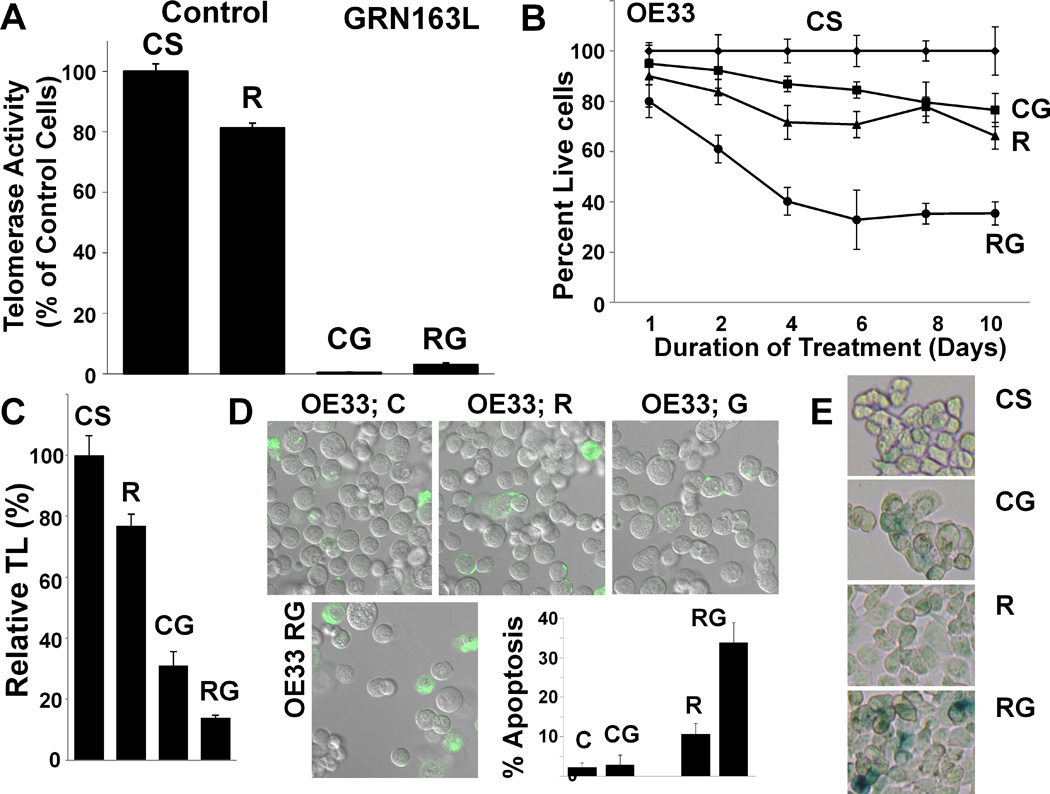Figure 3. Impact of HR inhibition (by RAD51 knockdown) on efficacy of telomerase inhibitor in OE33 cells.

OE33 cells, transduced with lentivirus particles producing control (CS) or RAD51-specific (R) shRNAs, were cultured in the presence or absence of telomerase inhibitor GRN163L (G; 2 µM) and evaluated for impact on growth, apoptosis, and telomere maintenance. (A) Impact on telomerase activity. Cells treated as above for 10 days were evaluated for telomerase activity using TRAPeze Telomerase Detection kit. CS, control shRNA treated cells; R, RAD51 suppressed cells; CG, CS cells treated with GRN163L; RG, R cells treated with GRN163L. (B) Impact on growth. The control (CS) and RAD51-suppressed (R) cells were cultured in the presence or absence of GRN163L and cell viability determined at different time points as indicated by counting the substrate attached cell number, and confirmed by trypan blue exclusion. The growth curve shows the mean of triplicate values, with S.E.M. (C) Impact on telomere length. The control and RAD51-suppressed OE33 cells were cultured in the presence or absence of GRN163L for 10 days and telomere length determined by real time PCR as described; error bars represent SEMs of triplicate assays. (D) Impact on apoptosis. Transduced OE33 cells, treated as above for 10 days, were examined for apoptosis by evaluating their ability to bind lactadherin. Extent of green fluorescence indicates early or late apoptosis. (E) Evidence of senescence. Cells treated as above were evaluated for β-galactosidase staining, a marker for senescence.
